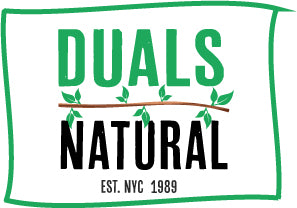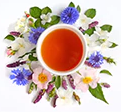

Description
Profile: Mullein's silvery green foliage and golden blossoms have been used for centuries. This benign herb is widely employed in European and North American folk medicine, thus many legends surround it.
Details:
Mullein is a Scrophulariaceae biennial with silvery green, fluffy leaves that grows to 8 feet tall. In the first year, it forms a basal rosette of leaves, and in the second, it puts up gigantic flower spikes with bright yellow blooms that only open for one day. Verbascum is derived from the Latin term 'barbascum', where 'barba' means beard and refers to the hairy leaves. Over 200 species are interchangeable, including V. nigrum and V. blattaria. It's native to northern Africa, the Canary and Madeira Islands, numerous locations in Asia and Europe, and has naturalized worldwide as a weed in disturbed soils. It grows on compacted dirt. Deep roots help break up soil, while decaying leaves give nutrients. It improves soil, allowing other plants to thrive, then leaves.
Mullein is a weed and abundantly available; harvesting is best in pollutant-free environments. Collect huge basal leaves year-round and summer blossoms when dew has dried.
Dioscorides, a 1st-century Greek physician, pharmacologist, and botanist in Rome, recommended mullein for lung diseases over 2,000 years ago. The leaf ash darkened hair, and the yellow blossoms lightened it, in ancient Rome. The dried, rolled leaves were used as candle wicks, and the dried flowering stalks were dipped in tallow to make torches, hence the names 'candlewick plant' or 'torches' According to Maida Silverman in A City Herbal, the amount and variety of folknames for mullein show the plant's prior reverence.
Mullein leaf, blossom, and root are used in folk medicine as 'nature's toilet paper' and an apotropaic (a substance that wards off evil spirits). It was believed to instill courage, health, protection, and love in addition to warding off evil. Wearing mullein was believed to ensure fertility and keep hazardous animals at bay. Men in the Ozarks purportedly attracted love by pointing the mullein's flowering stalk towards his love's house and observing if it went erect again, suggesting her returned love. Mullein was introduced by colonists and used in Native American medicine. The Abnaki tribe constructed a necklace from the root for teething infants. The Cherokee used the leaves as a treatment for injuries and swollen glands. Other tribes massaged the leaves on their bodies during ritual sweat baths. Flowers were utilized as drinks and poultices. Amish and Navajos smoked mullein, which they called "large tobacco." In health food stores, mullein is often sold as a leaf tea or flower-infused ear oil.
According to King's American dispensatory, "its action is pronounced on the upper respiratory system." Eclectic Physicians (a style of American medicine prevalent in the 1800s and early 1900s) prescribed mullein as a demulcent, diuretic, and moderate nervine "favoring slumber."
NOTICE: DO NOT USE THIS PRODUCT IF PREGNANT OR NURSING.
**These statements have not been evaluated by the Food and Drug Administration. These products are not intended to diagnose, treat, cure, or prevent any diseases.
| Ingredients: | Mullein Leaf |
| Origin: | Bulgaria |
| Shelf Life: | 2 Years. |
| Product Style: | Powder |
| Handling / Storage: | Store in a airtight Food Storage Containers, cool, dry place. |
| Allergen Information: | None Specified. |
Related Products
Best Sellers
-
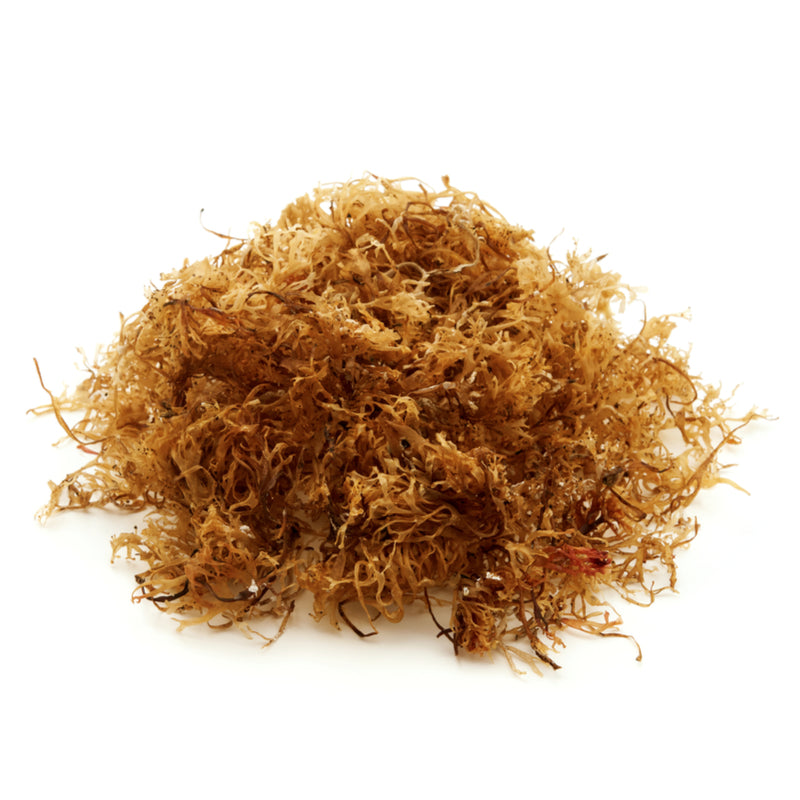 from $9.99
from $9.99Profile: Thyroid | Digestive | Sexual | Appetite Suppressant - Iodine is one of the many minerals found abundantly in sea moss. By consuming sea mo...
View full details -
 $24.99
$24.99Profile: Thyroid | Digestive | Sexual | Appetite Suppressant - Iodine is one of the many minerals found abundantly in sea moss. By consuming sea m...
View full details -
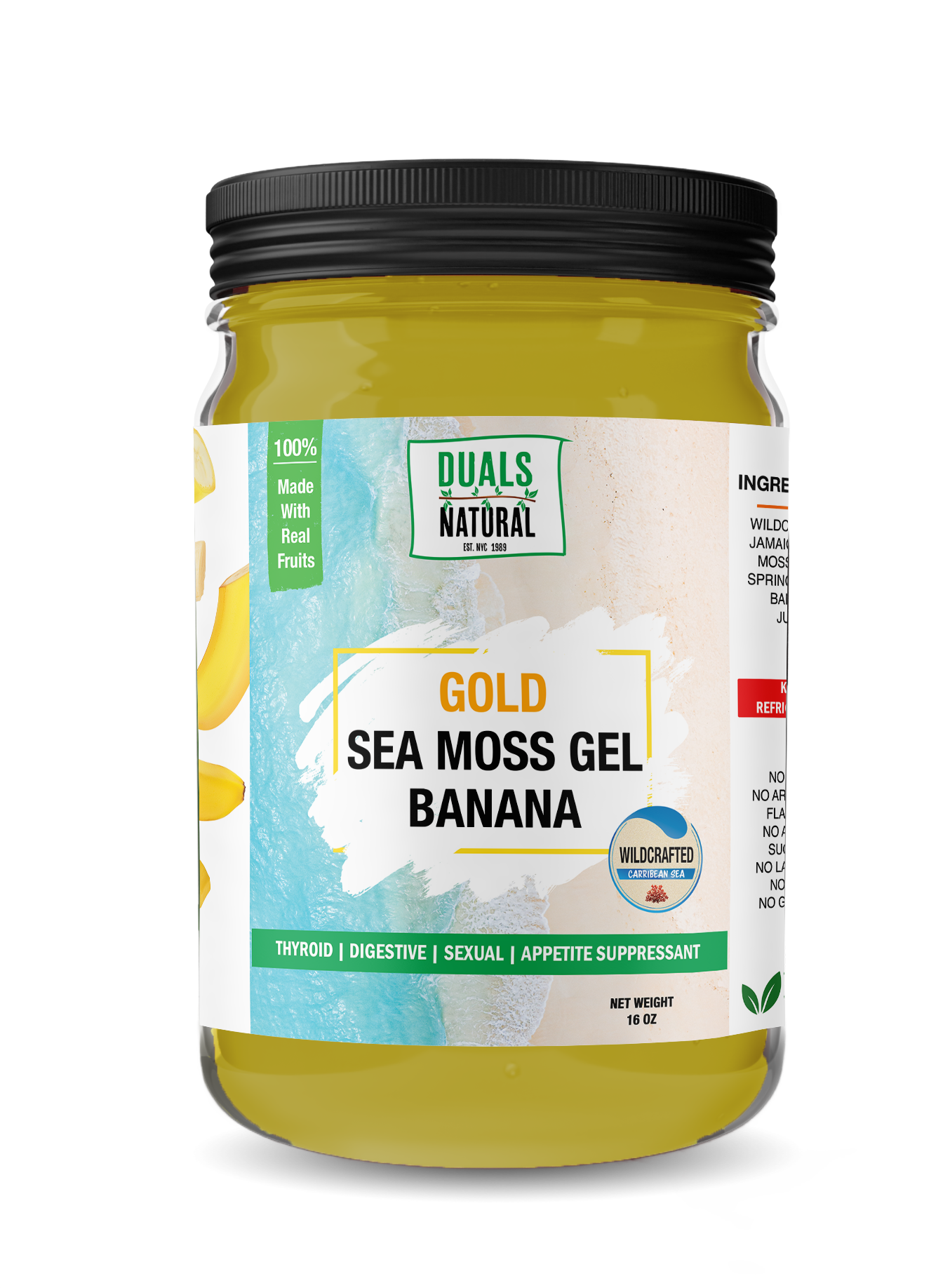
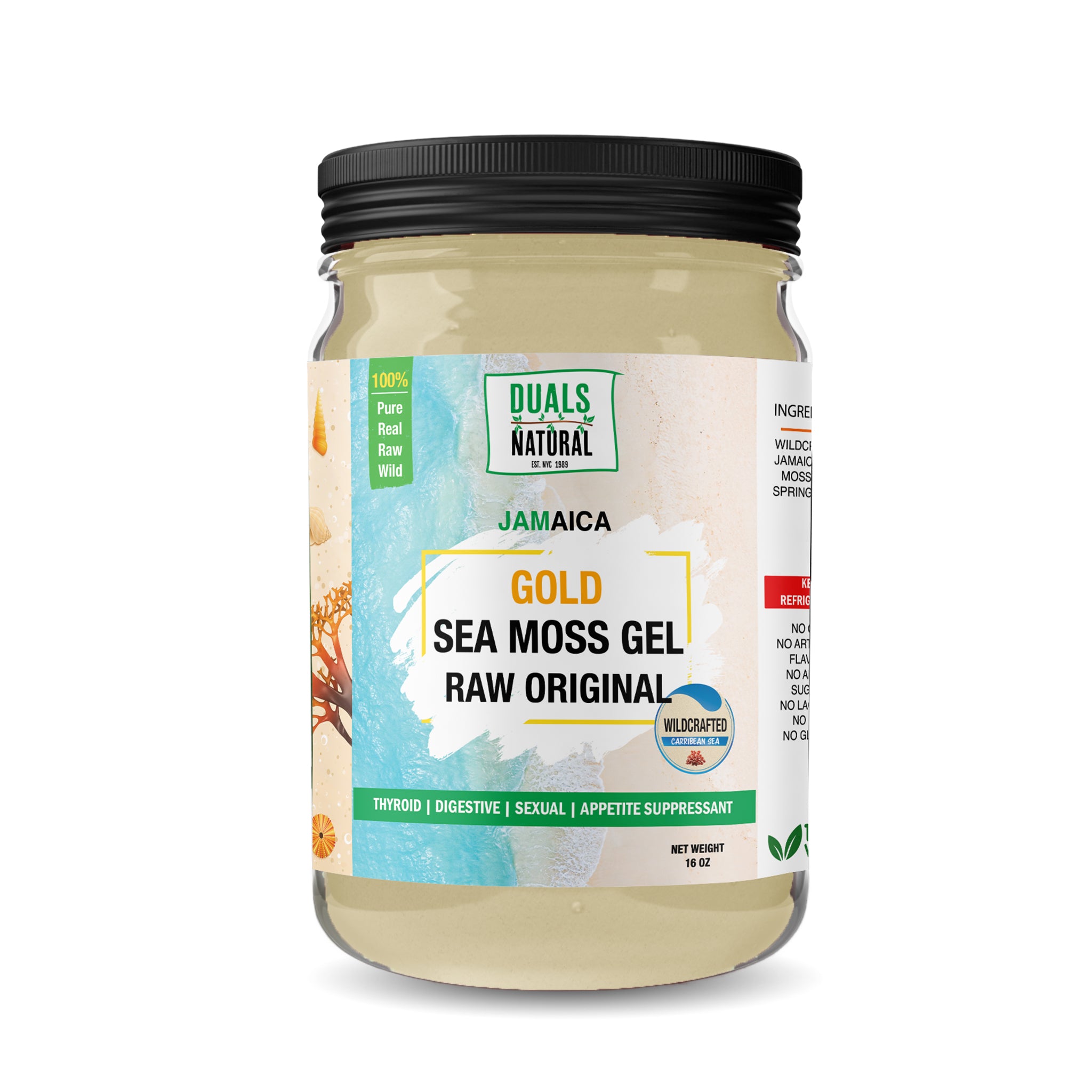 $30.00
$30.00100% Pure Raw Wildcrafted Sea Moss PER 50 GRAMS OF SEA MOSS Iodine 360 μg - Which is 240% of your Recommended Daily Intake Iron 4.45 mg - Whi...
View full details -
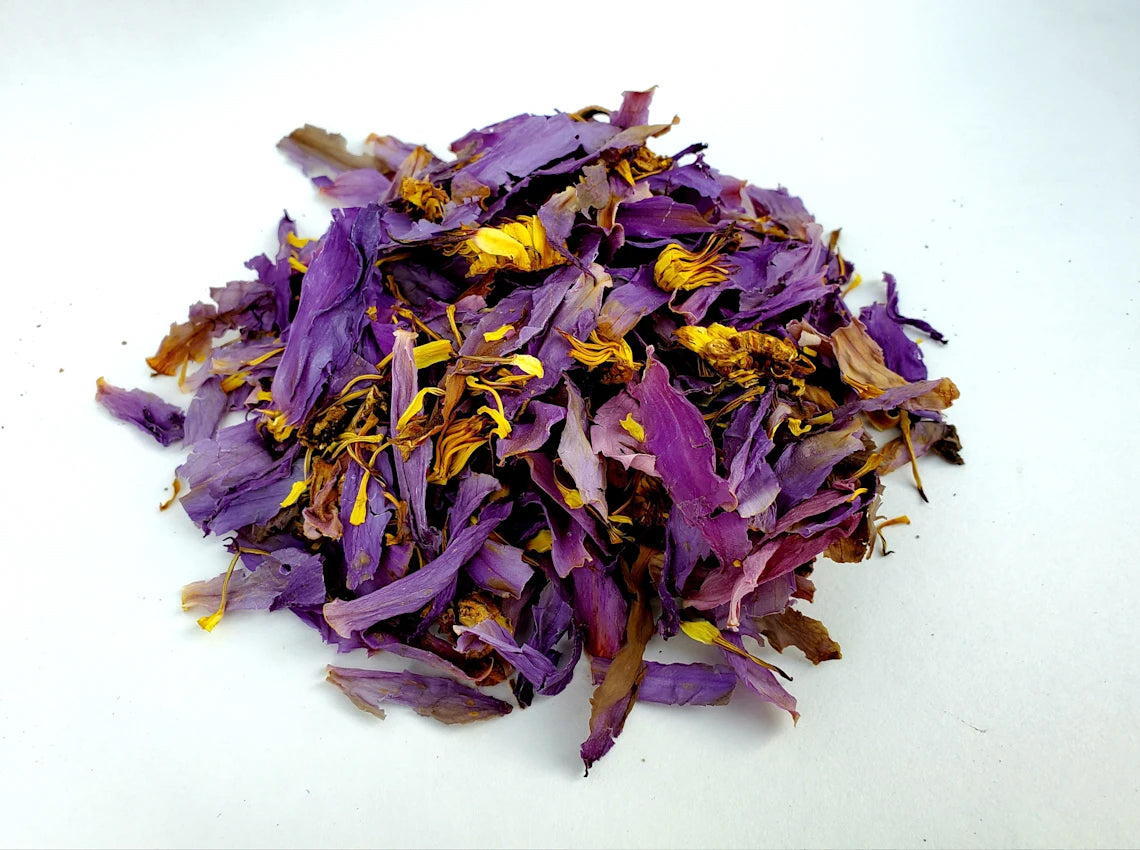 $9.99
$9.99Blue Lotus flower, also known as Egyptian Lotus or Sacred Lily of the Nile, has it's roots in ancient Egypt (and often linked to Cleopatra); where...
View full details -
 from $4.50
from $4.50Profile: Garam masala spice blend is associated with cutesy supernaturalism in pop music or TV shows. It may be dated, yet you adore it for some re...
View full details -
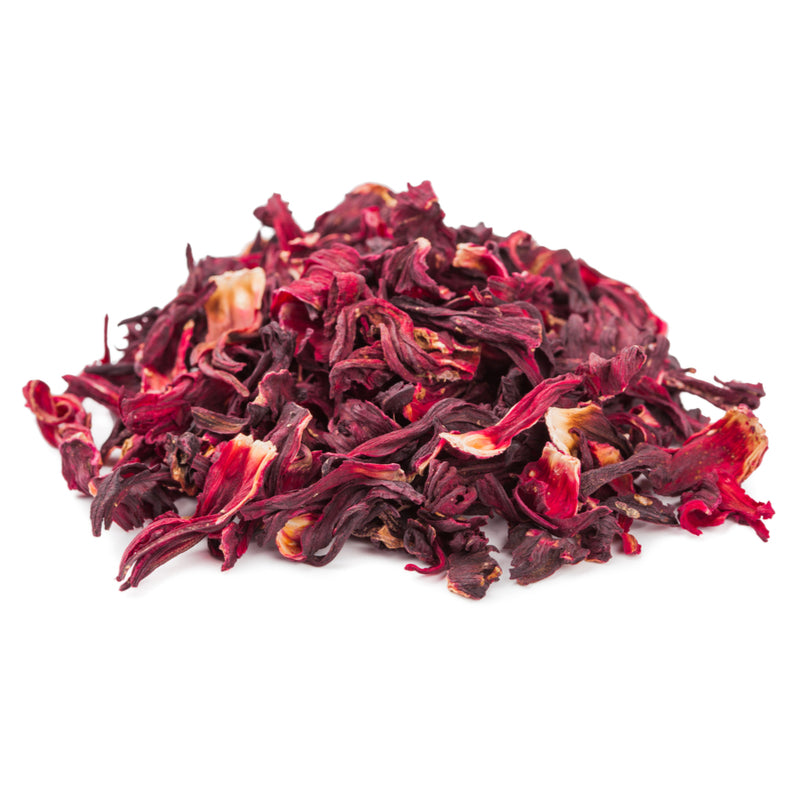 from $3.95
from $3.95Profile: Hibiscus sabdariffa has crimson, mallow-family flowers. Tropical hibiscus blooms are used to make hibiscus tea. The tart drink is refreshi...
View full details -
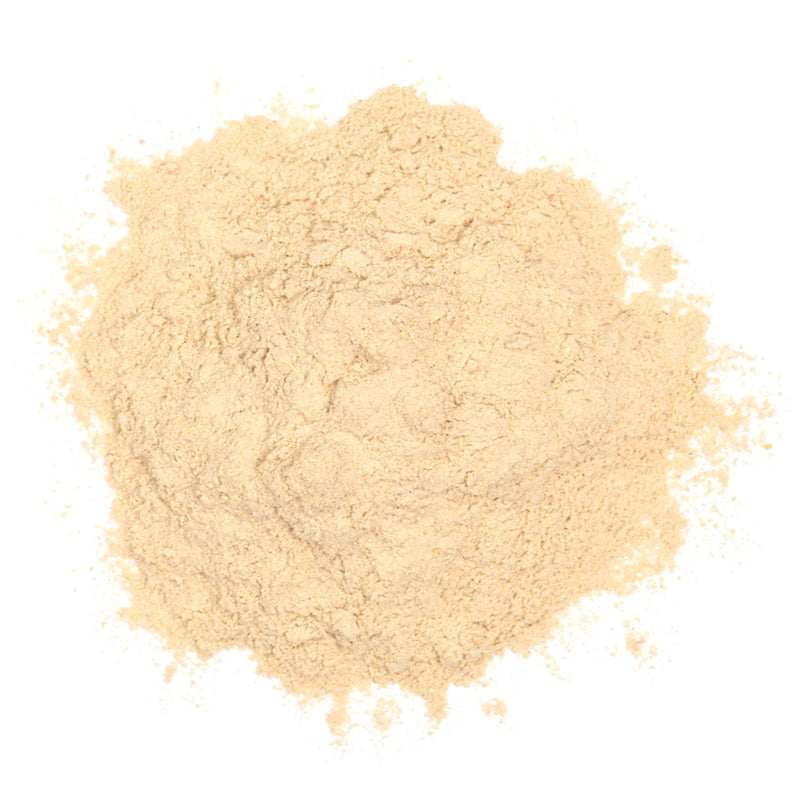
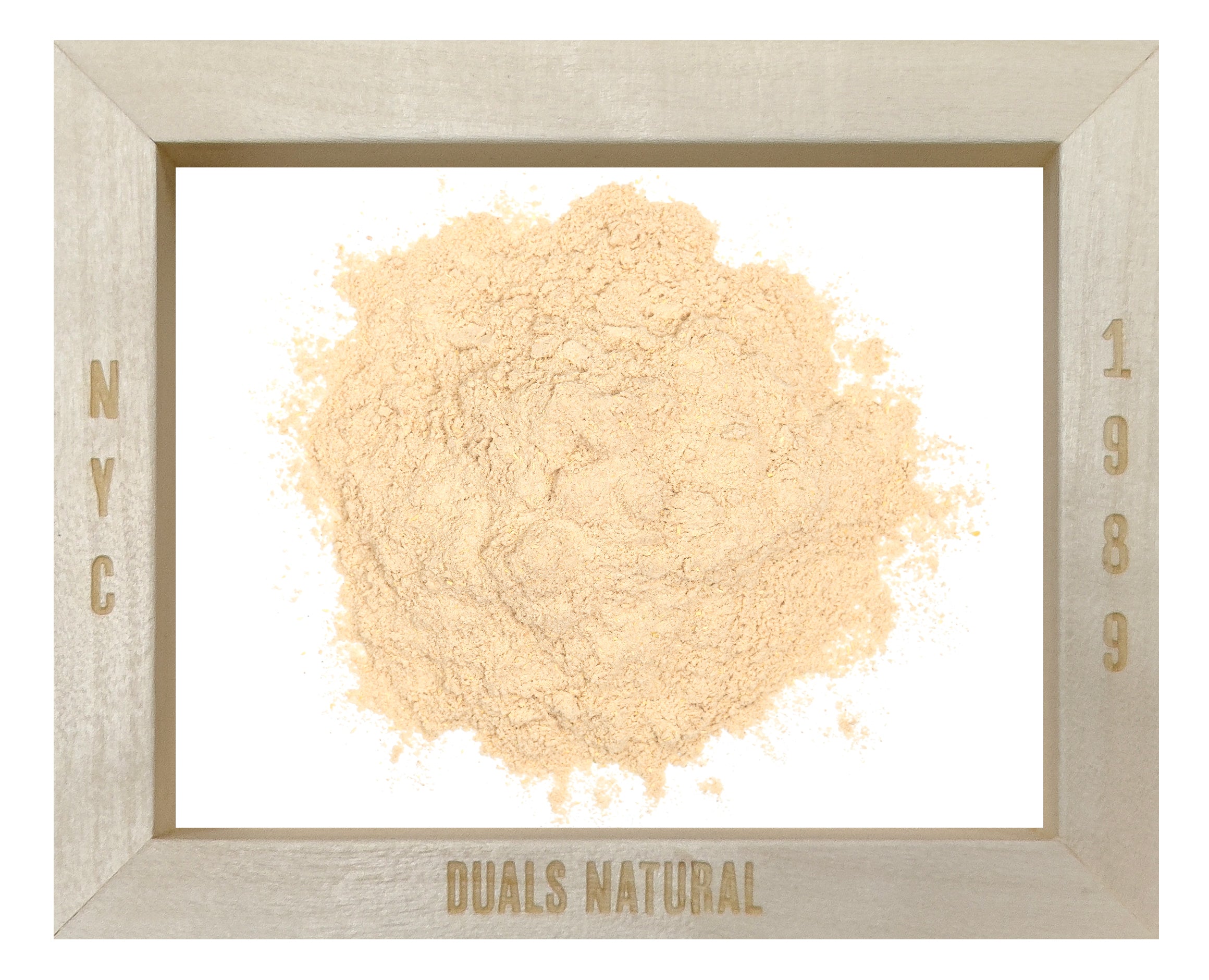 from $5.95
from $5.95Profile: * Increases vigor and energy * Stress-relieving adaptogen in general* Aids in the relaxation of the mind and the promotion of pleasant sle...
View full details -
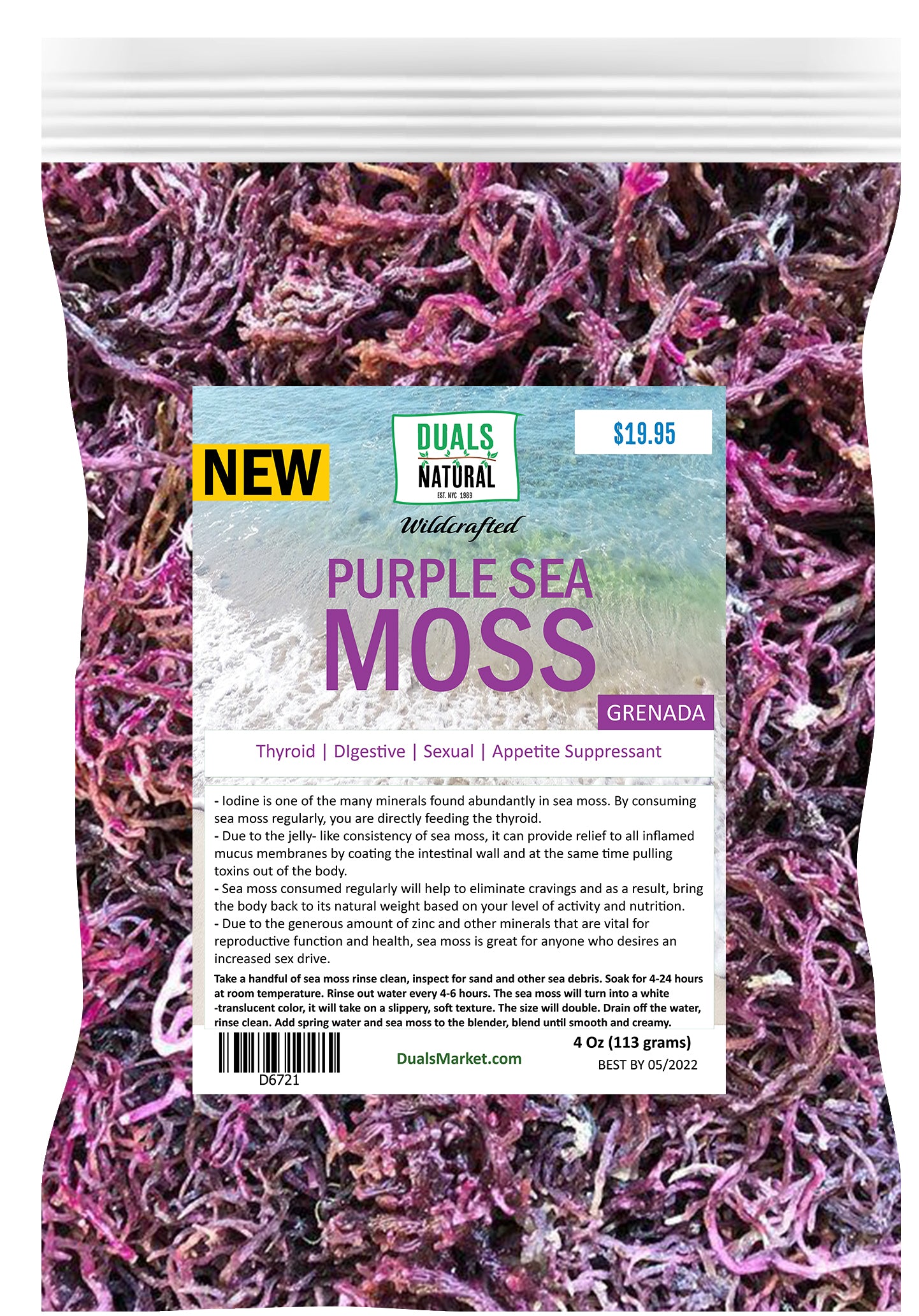
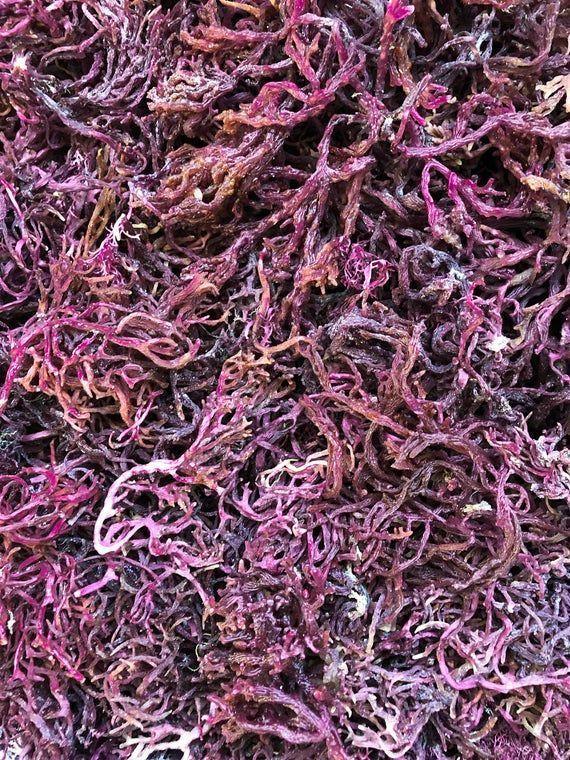 from $19.95
from $19.95Profile: Thyroid | Digestive | Sexual | Appetite Suppressant - Iodine is one of the many minerals found abundantly in sea moss. By consuming sea mo...
View full details
